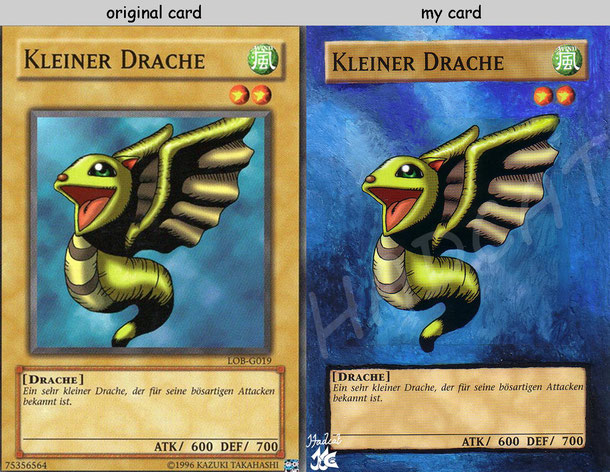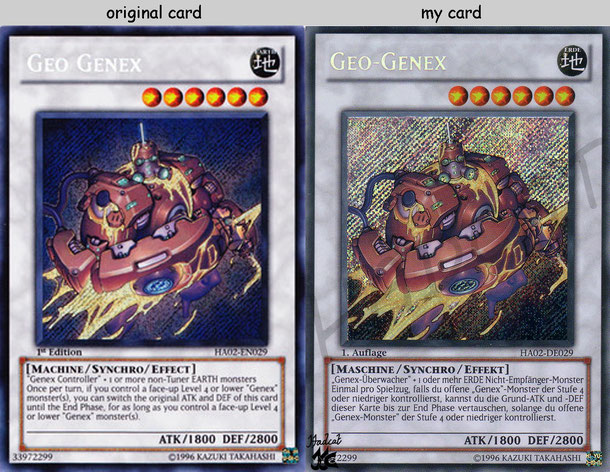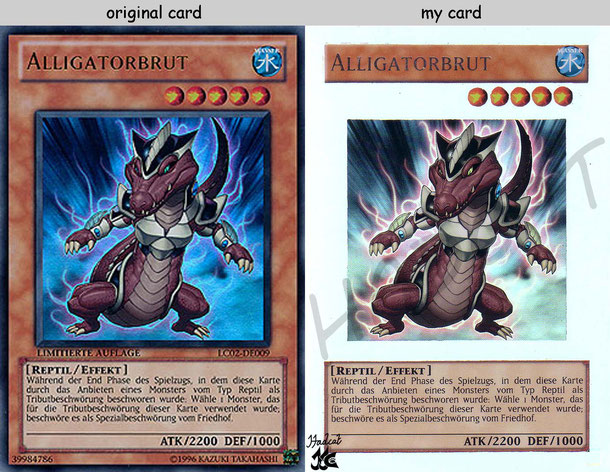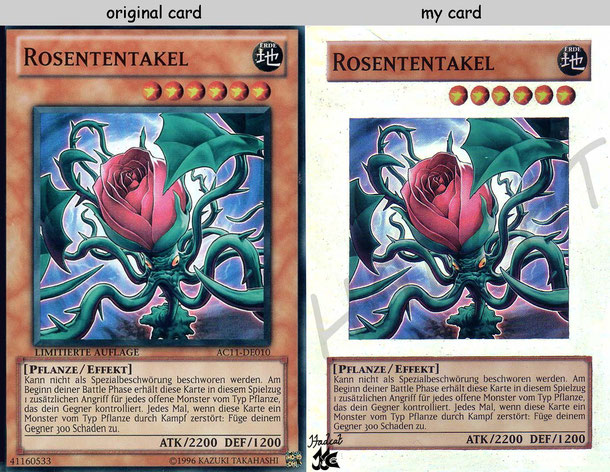Altered artwork cards are trading cards that have been altered in various ways to no longer resemble the original card.
There are two different degrees of change:
- altered art cards: are cards that deviate completely from the original, e. g. by changing the motif.
- extended art cards: are cards in which the game-relevant texts are retained, e. g. the existing motif is expanded or coloured.
In addition to these two forms, there are the orica and proxy cards:
- orica cards stands for original cards: are created with graphics editing programmes such as Photoshop and printed on a blank original card. The motifs are created independently here, they are changed or the rarity levels expanded (Commons become Super Rare cards etc.).
- proxy cards: are copies of the original cards that are printed and pasted onto a blank original card.
Note: If you want to participate in tournaments with these cards, they are usually not allowed. If anything, extended art cards are permitted, because they contain the texts relevant to the game. They must not be heavier, lighter, thicker, thinner, etc. than the unprocessed original cards. Ask the head referee before the start of the tournament whether your modified cards are allowed.
Before you start working with trading cards, you should know the different rarity levels and the associated structure of the cards.






